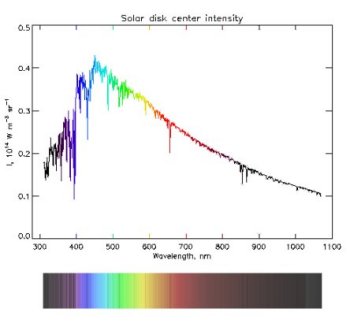

Numerical simulations have shown that a grazing collision with a Mars-mass impactor near the mutual escape velocity can impart the present-day AM and generate a silicate-rich disk composed of more than a lunar mass of material (Canup, 2004, 2008a Canup & Asphaug, 2001).

Cameron and Ward ( 1976) proposed that the Moon-forming giant impact could have prescribed the present-day angular momentum (AM) of the Earth-Moon system. Most studies of the origin of the Moon have focused on a narrow range of impact scenarios. To date, lunar origin studies have not demonstrated that a single giant impact can explain both the physical and chemical properties of our Moon (Asphaug, 2014 Barr, 2016). Modeling the formation of the Moon from such a disk is challenging and the details of lunar accretion are still uncertain (e.g., Carballido et al., 2016 Charnoz & Michaut, 2015 Gammie et al., 2016 Machida & Abe, 2004 Salmon & Canup, 2012 Thompson & Stevenson, 1988 Ward, 2012, 2014, 2017). Hence, the disk is a multiphase mixture of liquid and vapor (Canup, 2004, 2008a, 2012 Canup & Asphaug, 2001 Ćuk & Stewart, 2012). Giant impacts are highly energetic events that vaporize a portion of the impacting bodies. In the giant impact hypothesis for lunar origin (Cameron & Ward, 1976 Hartmann & Davis, 1975), the proto-Earth suffered a collision with another protoplanet near the end of accretion that ejected material into a circumterrestrial disk, out of which the Moon formed (see reviews by Asphaug, 2014 Barr, 2016 Stevenson, 1987). Our calculations predict the chemical similarities between Earth and the Moon. The Moon orbits within the synestia long enough to chemically equilibrate with the vaporized Earth. We find that the Moon forms within the synestia, surrounded by Earth-composition vapor at pressures of tens of bars. Here we present physical and chemical models of the cooling synestia and predict the pressure and temperature history of the material that forms the Moon. As the synestia cools, material condenses and forms the Moon. Such planetary states are called synestias. In this model, a giant impact, that is more energetic than in the traditional model, drives the Earth into a fast-spinning, vaporized state that extends for tens of thousands of kilometers. We present a new model that explains the isotopic and chemical compositions of the Moon. However, Earth and the Moon are observed to be very similar, bringing the traditional model into question. In the traditional Giant Impact Model the Moon forms primarily from the body that hit Earth and is chemically different from Earth. The favored theory for lunar origin is that a Mars-sized body hit the proto-Earth and injected a disk of material into orbit, out of which the Moon formed.

Giant impacts that produce potential Moon-forming synestias were common at the end of terrestrial planet formation. Our model shifts the paradigm for lunar origin from specifying a certain impact scenario to achieving a Moon-forming synestia. Eventually, the cooling synestia recedes within the lunar orbit, terminating the main stage of lunar accretion. Moonlets equilibrate with bulk silicate Earth vapor at the temperature of silicate vaporization and the pressure of the structure, establishing the lunar isotopic composition and pattern of moderately volatile elements. The moonlets and growing moon are heated by the vapor until the first major element (Si) begins to vaporize and buffer the temperature. We find that cooling drives mixing of the structure, and condensation generates moonlets that orbit within the synestia, surrounded by tens of bars of bulk silicate Earth vapor. Using simulations of cooling synestias combined with dynamic, thermodynamic, and geochemical calculations, we show that satellite formation from a synestia can produce the main features of our Moon. In a typical super-corotation-limit body, traditional definitions of mantle, atmosphere, and disk are not appropriate, and the body forms a new type of planetary structure, named a synestia. High-energy, high-angular-momentum giant impacts can create a post-impact structure that exceeds the corotation limit, which defines the hottest thermal state and angular momentum possible for a corotating body. Here we present a new lunar origin model. However, current models struggle to explain the Moon's composition and isotopic similarity with Earth. The giant impact hypothesis remains the leading theory for lunar origin.


 0 kommentar(er)
0 kommentar(er)
